In the last Post on the future of housing, I asked the following question..
And I have established that mass housing in the future of the developing world both should be and will inevitably be at high density.
I have also expressed my scepticism of the development of architectural form, and noted that of all the styles presented in the past 100 years, brutalism was the one most applicable to mass housing because it represented a new, cheaper way of doing things.
What we can learn from all this, is that a style of housing will only persist if it’s aesthetics reflect a new and economical paradigm. Unless we can find technologies that are genuinely better and cheaper, we will be stuck with this steel and concrete style. I have subsequently studied a few promising technologies and cultural changes hoping to find examples that I genuinely will make a significant difference to low-cost housing in the next 30 or so years.
One example of a technology that may make an actual difference is steel prefabrication, currently being trailed in China. For example, mini sky city is a 57 storey building that was under construction for just 19 days. That’s an average of three floors a day.
By pre-fabricating sections in a large factory, there is less impact on the surrounding area during construction due to dust, and installations can be made more accurately in a controlled indoor environment.
Broad Sustainable Building, the company behind this intends to license its technology worldwide and currently has six franchises in China with plans to 150 worldwide. They also have a project, Sky City, on hold which promises to build the world's tallest tower in 90 days. These projects are very large, and internally mixed use, and are probably not the exact solution the world needs, but they are a marketing vehicle for BSB, who's technologies (and similar) could go on to provide fast and cheap building the world over in a variety of form factors.
However, Broad Sustainable Building have seemingly been off the map since the postponing of their Sky City construction date, leading to suggestions that there could be some internal issues which are preventing mass-adoption of their technologies.
Such small apartments are an interesting aesthetic expression of the urban housing problem facing the west, but to use the language of Karel Tiege in the Minimum Dwelling, they seem rather 'Petit-Bourgious' in their insistence on the inclusion of a full kitchen range and premium furniture, and so do not strike me as a low-cost solution in themselves.
Another new suggestion in the west is the rise of co-living apartment buildings, where living is treated like a service, such as The Collective's proposed development in Old Oak Common, London.
On a more extreme scale, housing has been provided that seperates homes into 'pods', such as the OPod, a proposal for housing in Hong Kong.
This is visual representation of a very extreme housing issue. But it seems to avoid the obvious issue that the tube is less efficient at housing than the rectangle. In addition to this, modlular housing in this way was tried by the metabolists in Japan 50 years ago:
CLT, or cross laminated timber, is a timber technology that promises to be Quicker, Cheaper, Cleaner and Quieter than traditional methods. As shown in the above video, these large processed and machines sheets of timber can be used to rapidly build buildings. These buildings may be lighter - which means costs can be saved on groundworks, they may also limit on-site storage in a similar way to the pre-fab steel examples from BSB. One of the main positives of CLT is that it is more sustainable- as trees absorb carbon during their lifetimes, even factoring in transport CLT can have 50% of the embodied energy of concrete, and only 1% that of steel.
However, CLT is still a new technology that is only used in quite expensive looking western buildings at the moment, and Europe already has a well established and fairly environmentally-concious timber industry, so the transfer of this technology to the developing world may not be smooth and cheap initially, as well as sustainability being put into question if governments cannot assure that the wood used comes from sustainable sources.
BIM and Architectural software
This software is no doubt used all over current architecture practice, an it's functionality and coverage will be expanded. The use of flexible computer software enables more fluid forms to be produced more easily, as seen in my 8th D&T post, but more than that, it allows for building models to be flexibly changed during the process, and resulting functions can change with that overall model, instead of a complete redesign being made necessary.
The following video (from 2007) shows an application of 'Associative Design' in operation, where general housing design principles ranging from required urban density and sunlight access can be input into a software model, where a top down design approach generates everything from parking and traffic flow to individual dwelling layouts.
This ability for computers to procedurally generate housing of a high level of resolution from a number of inputs is very impressive and looks to make house planning much easier. One thing it does is make multifaceted complex forms more accessible, which can lead to more complex and traditional -looking random-esque streetscapes, such as those proposed by ZHA for Istanbul.
Taking the possibilities to there aesthetic extremes however, as in the case of ZHA's 520 West 28th Street condos in New York, are just a way of architecture looking for ways of making people more money, and are not a signal of what will happen at the lower end of the income distribution. It will still have a profound effect I believe, as it will allow for more complex and helpful models of both urban design - which can be enforced by governments - and for individual buildings - which can be assessed by governments, contractors, architects and developers. This functionality, spread by the dramatic increase in the availability of computing will spread across all economic levels of building, and is not simply a way of adding material cost.
What technologies can the 'proper' disciplines of engineering, urban planning and construction offer that may actually change the course of building and urbanisation beyond the current and inevitable plan for the mass housing of the newly urbanised developing world?
And I have established that mass housing in the future of the developing world both should be and will inevitably be at high density.
I have also expressed my scepticism of the development of architectural form, and noted that of all the styles presented in the past 100 years, brutalism was the one most applicable to mass housing because it represented a new, cheaper way of doing things.
What we can learn from all this, is that a style of housing will only persist if it’s aesthetics reflect a new and economical paradigm. Unless we can find technologies that are genuinely better and cheaper, we will be stuck with this steel and concrete style. I have subsequently studied a few promising technologies and cultural changes hoping to find examples that I genuinely will make a significant difference to low-cost housing in the next 30 or so years.
Pre-Fabricated Modular Buidling
One example of a technology that may make an actual difference is steel prefabrication, currently being trailed in China. For example, mini sky city is a 57 storey building that was under construction for just 19 days. That’s an average of three floors a day.
By pre-fabricating sections in a large factory, there is less impact on the surrounding area during construction due to dust, and installations can be made more accurately in a controlled indoor environment.
Broad Sustainable Building, the company behind this intends to license its technology worldwide and currently has six franchises in China with plans to 150 worldwide. They also have a project, Sky City, on hold which promises to build the world's tallest tower in 90 days. These projects are very large, and internally mixed use, and are probably not the exact solution the world needs, but they are a marketing vehicle for BSB, who's technologies (and similar) could go on to provide fast and cheap building the world over in a variety of form factors.
However, Broad Sustainable Building have seemingly been off the map since the postponing of their Sky City construction date, leading to suggestions that there could be some internal issues which are preventing mass-adoption of their technologies.
Micro Homes , Co-Living and Pods
Homes of small apartment sizes are being built in the west in order to react to high property prices and a new generation of mobile millenials who wish to live at one with the city. One example of these micro-apartments is a micro-apartment tower built in New York by nArchitects.Another new suggestion in the west is the rise of co-living apartment buildings, where living is treated like a service, such as The Collective's proposed development in Old Oak Common, London.
These apartment types combine small serviced apartments with shared kitchen and dining spaces, gyms and laundry facilites, and according to Common founder Brad Hargreaves these types of accomodation can be "25 per cent cheaper than a studio and about 25 per cent more expensive than getting a room on Craigslist". Although these represent a very new type of social scenario, they do seem at the moment only to be suitable for a very specific kind of graduate young professional, but as millennials and younger grow up with the idea in place, perhaps forms of housing similar to this, but kinder to families and older professionals will be seen as normal.
On a more extreme scale, housing has been provided that seperates homes into 'pods', such as the OPod, a proposal for housing in Hong Kong.
This is visual representation of a very extreme housing issue. But it seems to avoid the obvious issue that the tube is less efficient at housing than the rectangle. In addition to this, modlular housing in this way was tried by the metabolists in Japan 50 years ago:
But the fact of the matter is that making each functional unit a structural whole in itself leads to massive structural redundancies in the either supporting structure, or in the units themselves, as enabling stacking or removal of individual units suggests that the structure is their to support an indefinite amount of pods. For this reason I am skeptical that 'pod' like structures are naturally inefficient and will not be commonplace in low-cost housing, although the social structures they imply may be suggestive of a new kind of living that increasingly more of us will be willing to try.
Cross Laminated Timber
A technology which could make building both cheaper and more sustainable is the use of Cross Laminated Timber. Large wooden structural elements can be used to construct buildings quickly in a way that is more structurally sound than traditional timber building.CLT, or cross laminated timber, is a timber technology that promises to be Quicker, Cheaper, Cleaner and Quieter than traditional methods. As shown in the above video, these large processed and machines sheets of timber can be used to rapidly build buildings. These buildings may be lighter - which means costs can be saved on groundworks, they may also limit on-site storage in a similar way to the pre-fab steel examples from BSB. One of the main positives of CLT is that it is more sustainable- as trees absorb carbon during their lifetimes, even factoring in transport CLT can have 50% of the embodied energy of concrete, and only 1% that of steel.
However, CLT is still a new technology that is only used in quite expensive looking western buildings at the moment, and Europe already has a well established and fairly environmentally-concious timber industry, so the transfer of this technology to the developing world may not be smooth and cheap initially, as well as sustainability being put into question if governments cannot assure that the wood used comes from sustainable sources.
BIM and Architectural software
Software may dramatically change the way we build new buildings. Building Information Management software can streamline the design process. For example, New York by Gehry changed its configuration from condominiums to rental flats halfway through planning, and the software changed internal layouts and floor heights very easily.
The following video (from 2007) shows an application of 'Associative Design' in operation, where general housing design principles ranging from required urban density and sunlight access can be input into a software model, where a top down design approach generates everything from parking and traffic flow to individual dwelling layouts.
This ability for computers to procedurally generate housing of a high level of resolution from a number of inputs is very impressive and looks to make house planning much easier. One thing it does is make multifaceted complex forms more accessible, which can lead to more complex and traditional -looking random-esque streetscapes, such as those proposed by ZHA for Istanbul.
Taking the possibilities to there aesthetic extremes however, as in the case of ZHA's 520 West 28th Street condos in New York, are just a way of architecture looking for ways of making people more money, and are not a signal of what will happen at the lower end of the income distribution. It will still have a profound effect I believe, as it will allow for more complex and helpful models of both urban design - which can be enforced by governments - and for individual buildings - which can be assessed by governments, contractors, architects and developers. This functionality, spread by the dramatic increase in the availability of computing will spread across all economic levels of building, and is not simply a way of adding material cost.
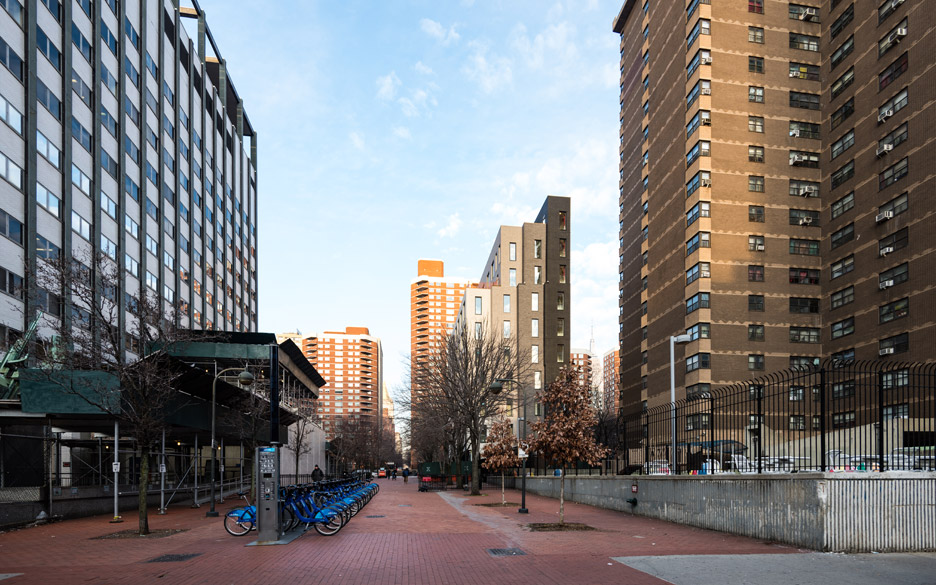

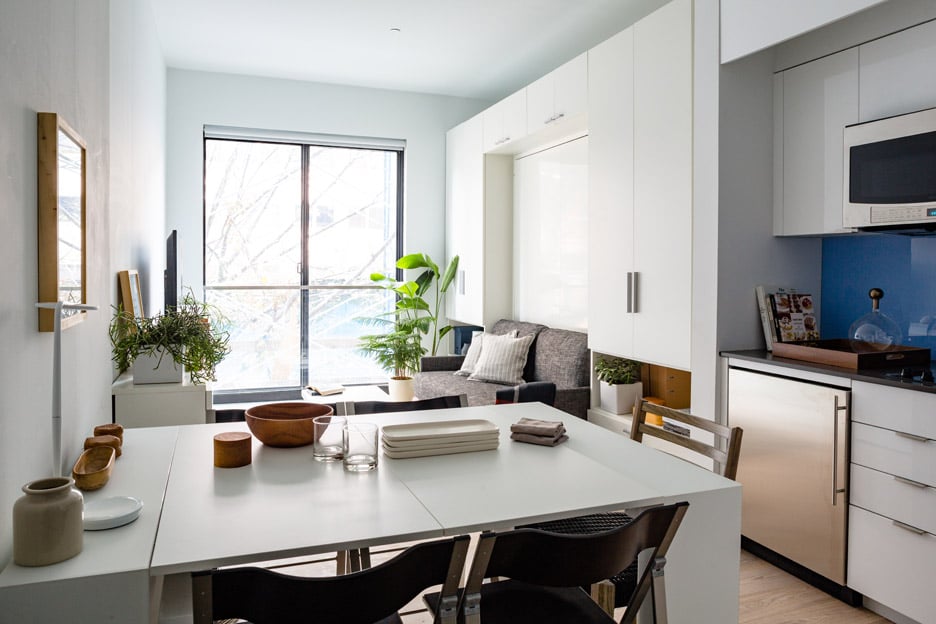
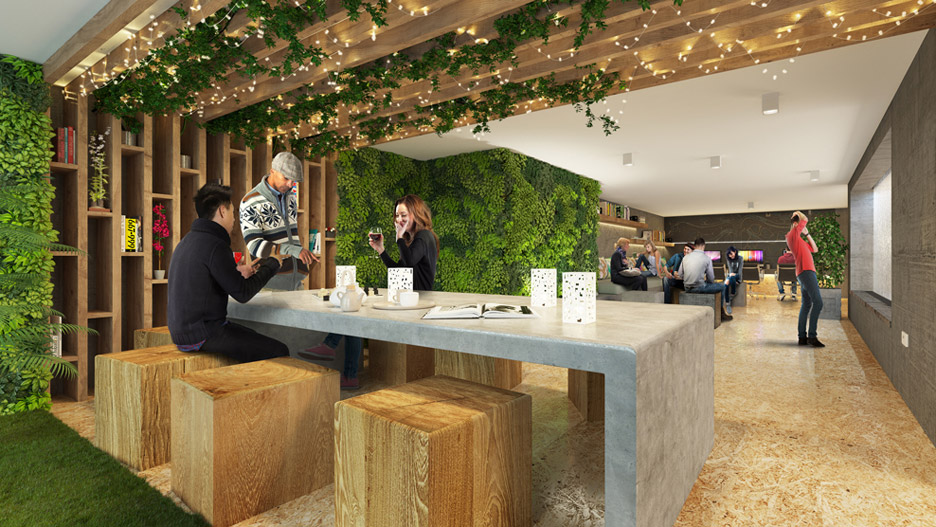
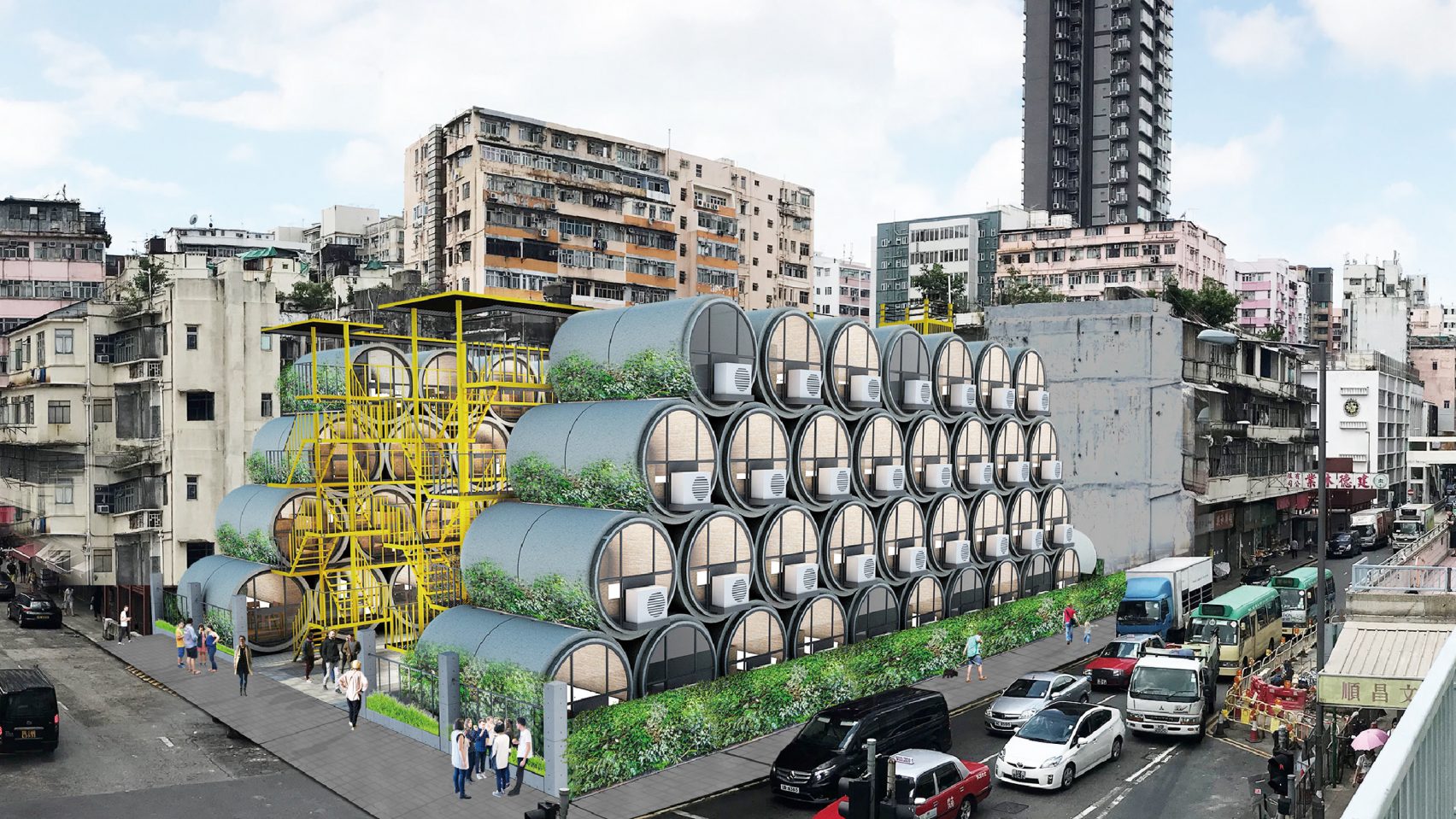



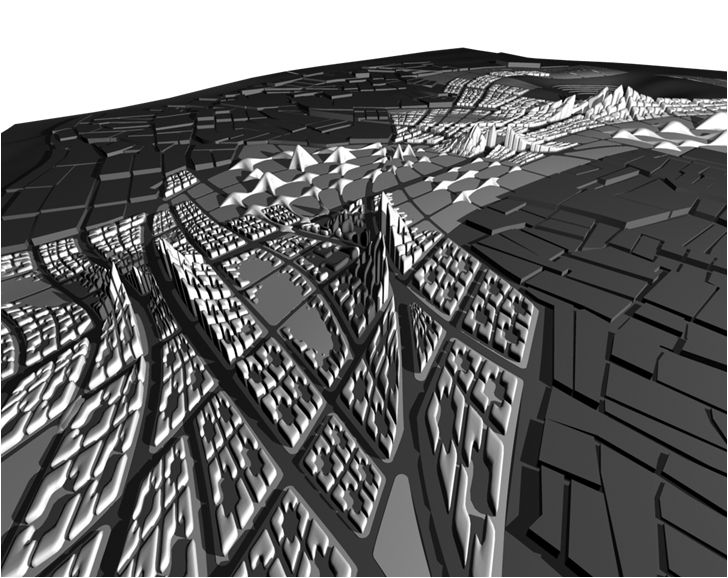
I think that no one can disagree with the fact that technology has changed our lives for some people it was positive while for some it was negative. Like I remember when I was in college I had to look from one department to another to find a person who can write my essay and now you just have to type Essay Writing Help the UK and you will find so many companies. Technology has made our lives very simple now it is up to people how will they use it.
ReplyDelete